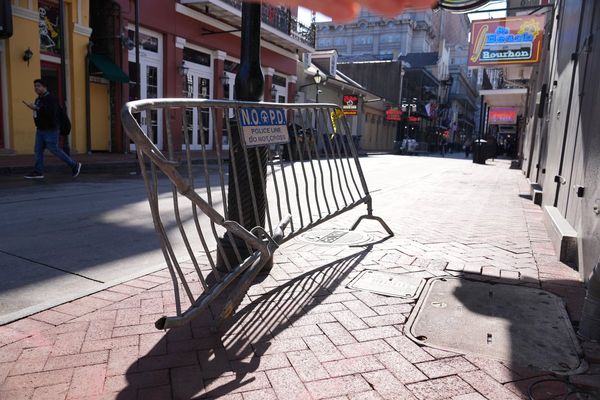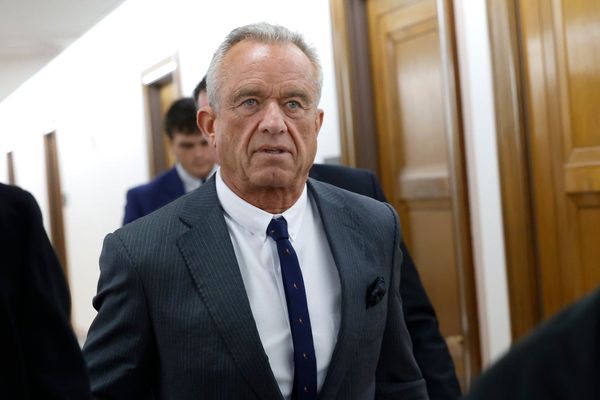
In our rapidly changing climate, destructive weather events like fires, tornados, hurricanes, and floods are becoming both more frequent and more severe according to sources like NASA and the Associated Press. When these catastrophes strike residential areas, the resulting damage to homes and other structures can be devastating to those affected, both emotionally and financially.
Between the risk of injury or death, the need to evacuate and find temporary housing, and the expensive and time-consuming process of repairing damaged dwellings, extreme weather events can take a major financial and logistical toll on the communities they touch.
Home insurance can, to some degree, ease the financial burden that comes with a weather catastrophe, but policies with comprehensive coverage don’t come cheap, especially in areas prone to increasingly destructive weather.
Related: Costco vs. Sam’s Club: Memberships & product prices compared
How do extreme weather & climate change affect home insurance costs?
As tornados, fires, floods, and hurricanes have become more frequent and severe over recent decades, the costs of home insurance policies in areas known to be prone to these sorts of events — such as the so-called “Tornado Alley” of the central U.S. and the hurricane-prone coasts of Florida, Louisiana, and Texas — have gone up significantly.
The insurance providers that sell the policies consumers need to protect their homes are essentially very well-educated gamblers.
All other factors being equal, they calculate the premiums they charge based on the statistical likelihood they’ll need to pay out for repairs, so in places with a proclivity for catastrophe (like coastal Louisiana), monthly home insurance bills can easily exceed the national average by more than 100%.
In some cases, insurance companies have begun pulling out of particularly prone geographical markets entirely as a result of the frequent and severe climate-related catastrophes that threaten local dwellings in those areas.
In mid-2023, for instance, State Farm announced it would cease accepting new home insurance applications in California due to wildfire risk, and a few months later, Farmers Insurance pulled out of the Florida home insurance market due to the frequent hurricanes that plague the state’s coastal regions.
Alarmism aside, however, in areas that rarely face extreme weather or natural disasters (like central Oregon), it’s not uncommon to find home insurance premiums that cost less than half the national average.

Ann Froschauer/USFWS, Public Domain via Wikimedia Commons
What is the average cost of home insurance in the U.S.?
When estimating the average cost of home insurance, most sources use a policy that provides $300,000 in dwelling coverage. (The median home price in the U.S. was about $420,800 as of the first quarter of 2024, for comparison.)
According to Policygenius, a reputable independent insurance broker and consumer resource, the average premium for a policy of that size is approximately $1,754 per year or $146 a month as of 2024.
Below, we look at the 10 states with the highest average home insurance premiums compared with the national average (and the cities within those states with the most expensive average premiums).
The 10 states with the highest home insurance costs (& the most expensive city in each)
The following 10 states have the highest average home insurance premiums as of mid-2024, according to Policygenius. The premiums in the most expensive cities in some of these states exceed the national average by more than 200%.
10. Colorado
- Average annual premium: $2,322
- Average monthly premium: $193.50
- Higher than national average by: 32.38%
In Colorado, the most expensive zip code for home insurance is 80807 in Burlington, where the average premium is $3,735 per year ($311/mo), about 113% higher than the national average.
9. Louisiana
- Average annual premium: $2,452
- Average monthly premium: $204.33
- Higher than national average by: 39.79%
In Louisiana, the most expensive zip code for home insurance is 70067 in Lafitte, where the average premium is $5,476 per year ($456/mo), about 212% higher than the national average.
More consumer finance:
- How much mortgage debt do Americans have on average?
- 20 cities & 15 states with the highest minimum wages in 2024
- The longest-lasting car models (200k+ miles) according to Consumer Reports
8. Kentucky
- Average annual premium: $2,565
- Average monthly premium: $213.75
- Higher than national average by: 46.24%
In Kentucky, the most expensive zip code for home insurance is 42041 in Fulton, where the average premium is $3,262 per year ($272/mo), about 86% higher than the national average.
7. Missouri
- Average annual premium: $2,579
- Average monthly premium: $214.92
- Higher than national average by: 47.04%
In Missouri, the most expensive zip code for home insurance is 64108 in Kansas City, where the average premium is $3,744 per year ($312/mo), about 113% higher than the national average.
6. Mississippi
- Average annual premium: $2,624
- Average monthly premium: $218.67
- Higher than national average by: 49.6%
In Mississippi, the most expensive zip code for home insurance is 38738 in Parchman, where the average premium is $3,590 per year ($299/mo), about 105% higher than the national average.
5. Arkansas
- Average annual premium: $2,838
- Average monthly premium: $236.50
- Higher than national average by: 61.8%
In Arkansas, the most expensive zip code for home insurance is 71640 in Eudora, where the average premium is $3,792 per year ($316/mo), about 116% higher than the national average.
4. Texas
- Average annual premium: $2,919
- Average monthly premium: $243.25
- Higher than national average by: 66.42%
In Texas, the most expensive zip code for home insurance is 76067 in Mineral Wells, where the average premium is $4,192 per year ($349/mo), about 139% higher than the national average.
3. Kansas
- Average annual premium: $2,981
- Average monthly premium: $248.42
- Higher than national average by: 69.95%
In Kansas, the most expensive zip code for home insurance is 67801 in Dodge City, where the average premium is $3,762 per year ($314/mo), about 114% higher than the national average.
2. Nebraska
- Average annual premium: $3,510
- Average monthly premium: $292.50
- Higher than national average by: 100.11%
In Nebraska, the most expensive zip code for home insurance is 68818 in Aurora, where the average premium is $5,373 per year ($448/mo), about 206% higher than the national average.
1. Oklahoma
- Average annual premium: $4,161
- Average monthly premium: $346.75
- Higher than national average by: 137.23%
In Oklahoma, the most expensive zip code for home insurance is 73110 in Midwest City, where the average premium is $5,286 per year ($441/mo), about 201% higher than the national average.
Related: The least expensive car brands to repair & maintain according to Consumer Reports
The takeaway
Home insurance costs, like the costs of other goods and services, go up over time due to run-of-the-mill inflation.
Unlike most other goods and services, however, home insurance costs also depend on the risk of the structure in question being damaged or destroyed. That, in turn, depends in large part on the relative likelihood of events like floods, fires, tsunamis, and other increasingly common “forces majeure.”
In the modern day, the unfortunate reality is that prospective homeowners must consider not only their new dwelling’s location as it relates to school districts, grocery stores, and other resources, but also as it relates to the risk of extreme weather and natural disasters. Homes in the highest-risk areas can cost their owners well over $5,000 annually in insurance premiums.
In certain markets, one’s choice of insurers may be limited, and companies that are willing to insure might charge alarmingly high premiums. Prudent house shoppers should check for insurance estimates before making offers to get a better sense of the estimated ongoing costs associated with their new home.
Related: Veteran fund manager picks favorite stocks for 2024







